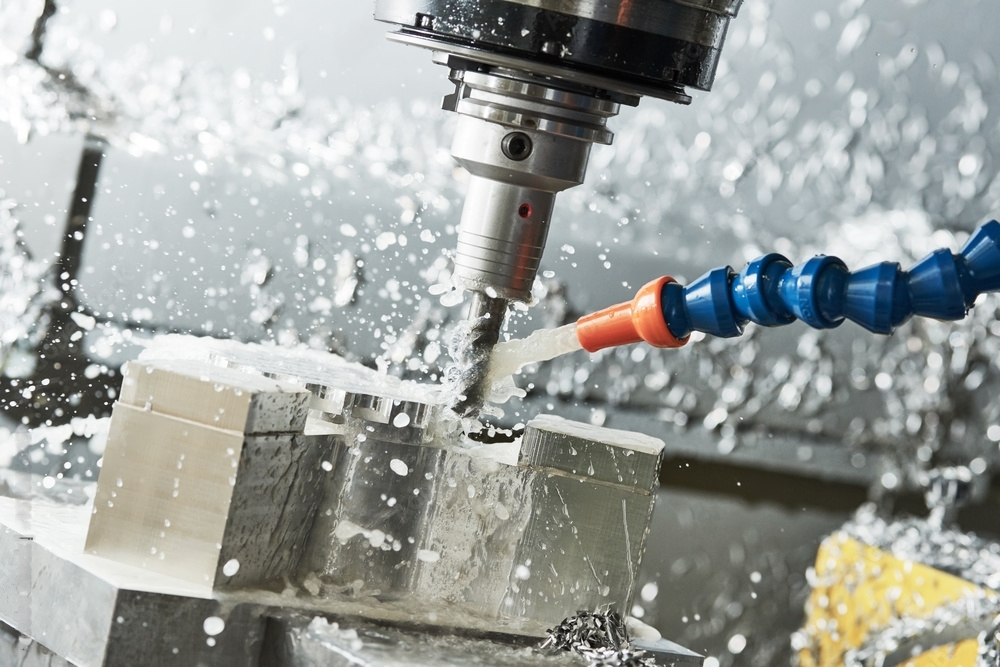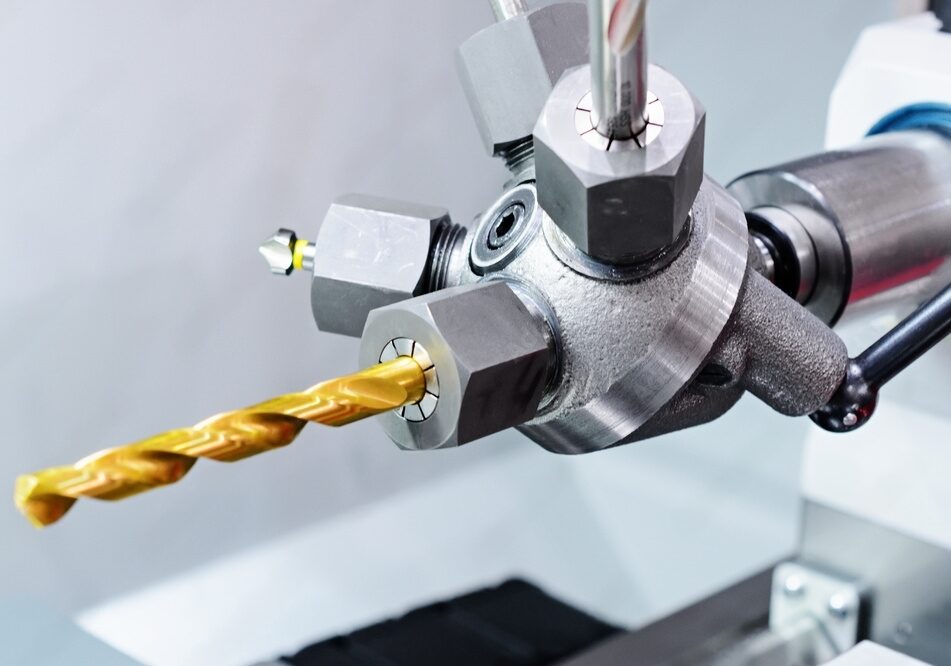You may also like:
Turnkey Solutions: The What, Why, and How
Insights from OEM Tool Suppliers: Adapting to Manufacturing Challenges
Industry 5.0: Mastering the Future
How Can Machinists Preserve Precision in Cold Weather?
As machinists, precision is key to ensuring the quality and accuracy of our work. Unfortunately, cold weather can create unique challenges that impact our ability to maintain that precision, especially when it comes to cold weather tooling. Cold temperatures, known for causing materials to contract, make it challenging to uphold tool dimensions.
They can also increase the risk of tool breakage due to increased brittleness and changes in material properties. In this comprehensive guide on cold weather tooling, we’ll explore the nuances and provide essential tips for selecting, maintaining, and utilizing tools effectively in winter conditions. Navigate the challenges of cold weather machining while preserving precision in your workshop with these expert insights.
Understanding the Impact of Cold Weather
Brittleness Matters
One of the most significant challenges of working with tools in cold weather is the increased risk of tool breakage due to increased brittleness. Materials like steel or cast iron become more brittle in cold temperatures, making them more prone to cracking or breaking. To address this challenge, it is essential to opt for tool materials known for their toughness, such as carbide or coated tools designed to withstand colder conditions.
Material Contraction
Cold weather can cause materials to contract, leading to problems maintaining tool dimensions. This can result in parts that are out of spec, leading to costly rework and lost productivity. To overcome this challenge, it is crucial to regularly check tool dimensions and compensate for any variations due to temperature changes. Implementing precise measurement techniques can help ensure consistency in machining output.

Selecting the Right Tools for Winter Success
Winter-Grade Tool Coatings
One way to enhance tool performance in cold environments is to choose tools with winter-grade coatings. These coatings offer increased resilience in cold environments and protect against the adverse effects of low temperatures. For example, TiAlN coatings can help to reduce friction and heat buildup in colder temperatures.
Cutting Edge Geometry
It is essential to opt for tooling with robust cutting-edge geometry suited for winter machining. Consider geometries that provide efficient chip evacuation and reduce the risk of chip buildup, especially in colder conditions. For example, tools with sharp edges and low rake angles can help reduce chip buildup.
Thermal Stability
Tools with high thermal stability can help maintain their structural integrity and cutting performance even in the face of temperature variations. For example, tools made from high-speed steel or tungsten carbide can maintain their shape and hardness in colder temperatures.
Real-World Examples of Cold Weather Tooling Challenges
One real-world example of how cold weather can impact tooling is in the oil and gas industry. The extreme cold temperatures in the polar regions can cause oil well drilling equipment to malfunction, leading to costly downtime and repairs. To overcome this challenge, drilling companies must use specialized tools designed for cold weather conditions.
Another example is in the automotive industry, where cold weather can impact the machining of engine parts. For example, cold temperatures can cause engine blocks to contract, leading to problems maintaining the proper dimensions of the cylinder bores. To overcome this challenge, automotive manufacturers must use specialized tools and techniques to maintain precision and accuracy in colder temperatures.
Embracing Precision in the Winter Workshop
Cold-weather tooling demands a proactive and informed approach. By understanding the impact of cold temperatures on tools and implementing the right selection, maintenance, and usage strategies, machinists can navigate the winter season with confidence.
It is essential to use winter-grade tool coatings, opts for tooling with robust cutting-edge geometry, and prioritize tools with high thermal stability to maintain precision in colder temperatures. Implementing regular inspection routines and temperature-controlled storage can also help maintain tool longevity. By embracing precision in your winter workshop, you can optimize tool performance and ensure successful machining operations even in the coldest conditions.
